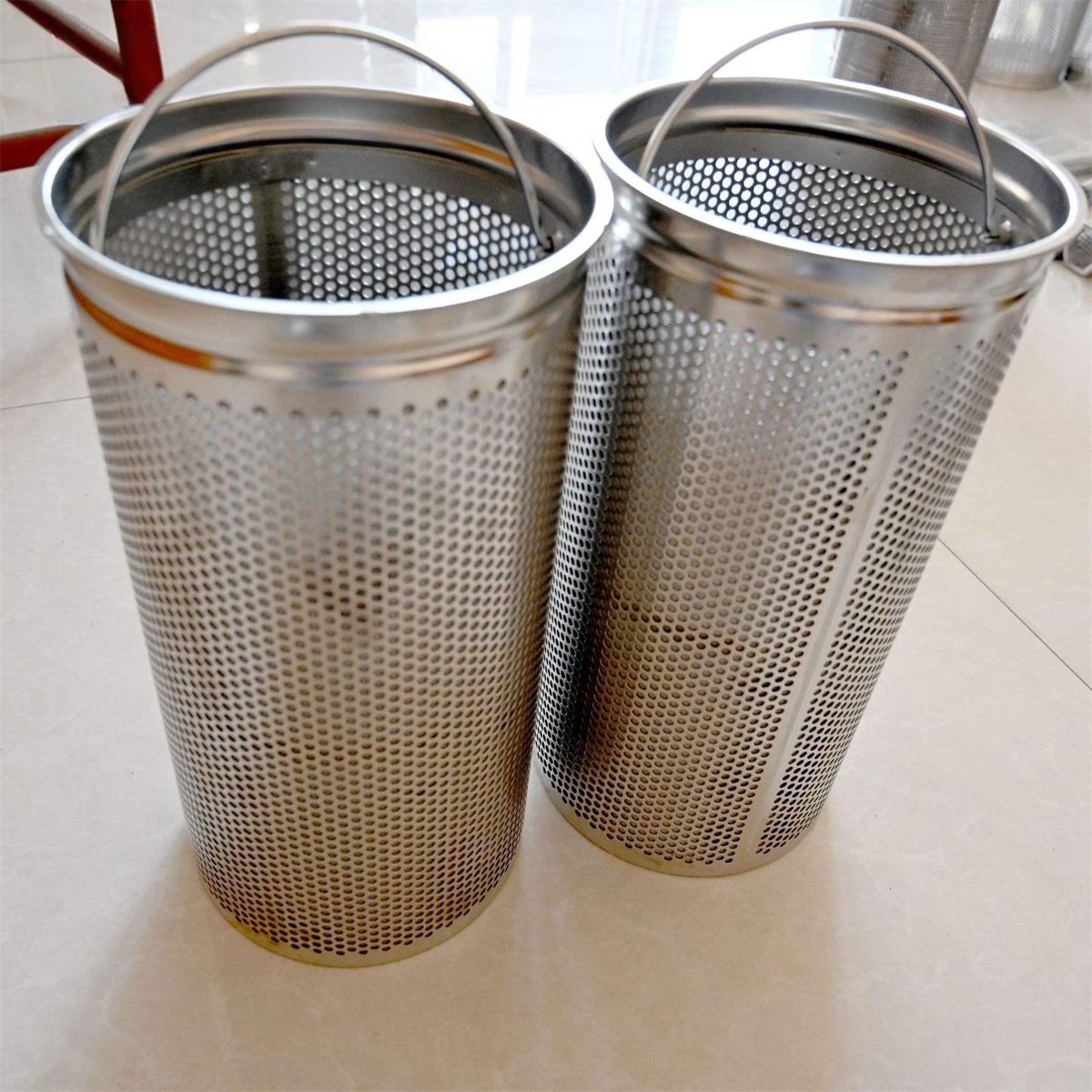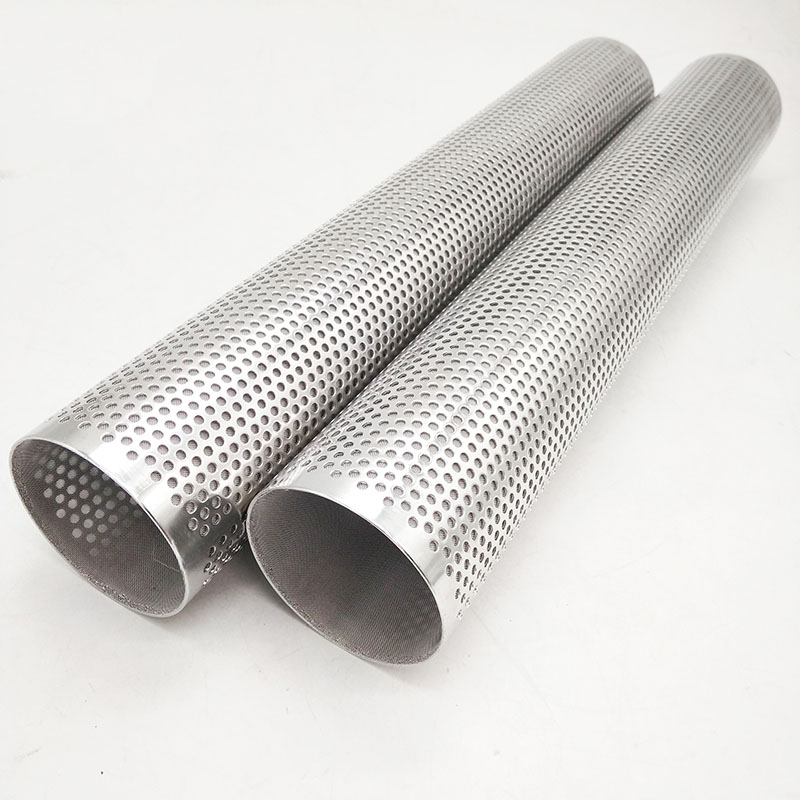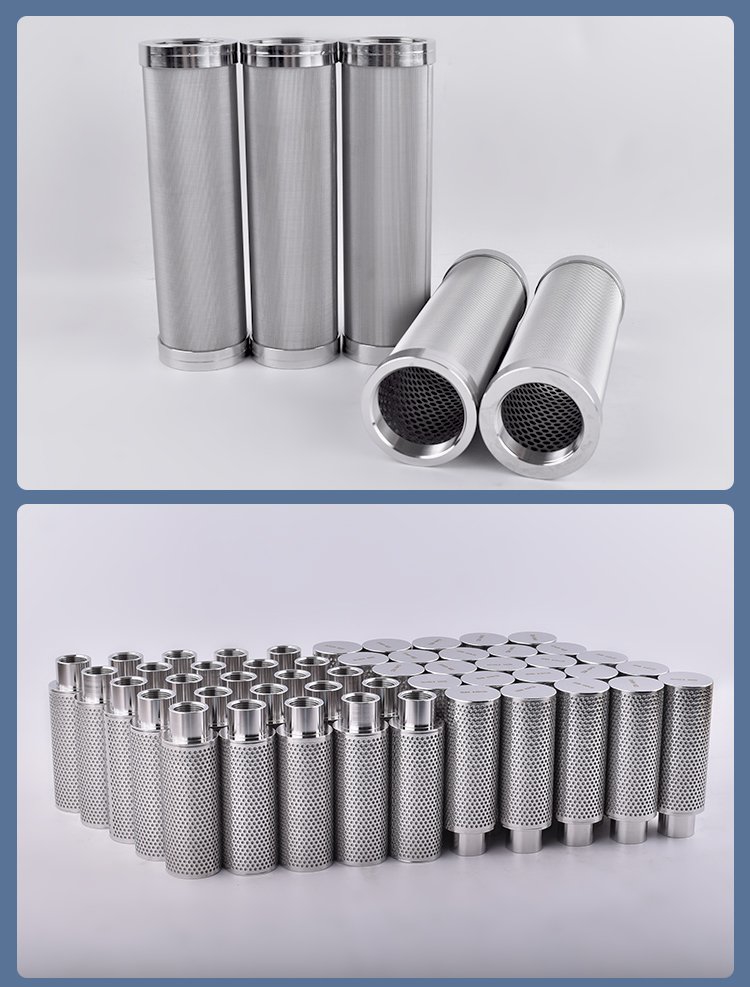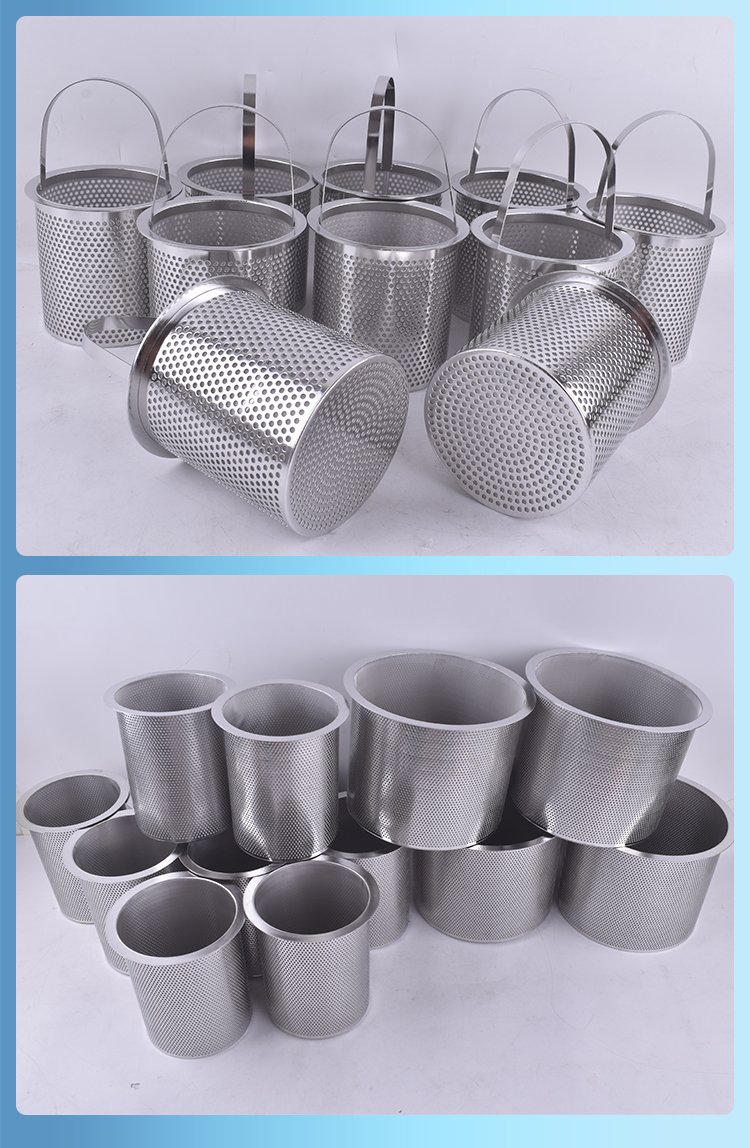In the field of industrial filtration, the combination of perforated steel plate and woven mesh has become a preferred solution for achieving high precision, durability, and efficiency. This innovative pairing leverages the structural strength of perforated steel plate and the fine filtration capability of woven mesh, offering unmatched performance for applications in chemicals, food processing, water treatment, and more. This article explores the synergistic advantages of these materials and why they outperform other filtration options.
1. Complementary structures for graded filtration
The integration of perforated steel plate (with thickness ranging from 0.5 mm to 10 mm and apertures from 1 mm to 100 mm) and woven mesh (with wire diameters of 0.02 mm to 2 mm and mesh counts between 5 and 3000) creates a multi-layer filtration system that delivers step-by-step purification.
-
The perforated steel plate acts as a robust support skeleton, intercepting large debris such as ore slag or plastic fragments. With an opening rate of up to 45%, it ensures that the flow rate is maintained with minimal pressure loss.
-
The woven mesh, mounted over the perforated plate, provides fine filtration down to micron levels, capturing smaller contaminants like dust and bacteria. Multi-layer designs (e.g., 20 mesh + 100 mesh + 400 mesh) allow for graded purification, ensuring both coarse and fine particles are removed effectively.
This layered configuration increases filter life by over 50%, as the woven mesh is shielded from direct fluid impact that could otherwise cause deformation or clogging.
2. Enhanced efficiency and resistance
The perforated steel plate absorbs over 80% of the fluid’s impact, preserving the structural integrity of the woven mesh and ensuring consistent performance over time. Additionally, the combined design improves self-cleaning properties. Compared to sintered mesh filters, the perforated-woven combination allows for easier backwashing and 40% higher regeneration efficiency.
By selecting woven meshes of different counts, the system can seamlessly switch between coarse filtration (500 μm) and ultra-fine filtration (as fine as 5 μm). This adaptability makes the combination ideal for industries where particle sizes vary greatly across processes.
3. Cost and maintenance benefits
A major advantage of using perforated steel plate with woven mesh is cost efficiency over the equipment’s life cycle. The perforated plate is durable and reusable for more than a decade, while only the woven mesh layer typically requires replacement. This approach reduces replacement costs significantly compared to systems like sintered metal filters, which often require full-unit replacement.
The low-pressure loss design also cuts down on energy consumption. Compared to ceramic filter systems, energy savings of 15% to 30% can be realized, thanks to the high open area and minimal resistance of the combined structure.
4. Comparison with other filter materials
When stacked against alternative filtration materials, the perforated steel plate and woven mesh combination leads in nearly every category:
-
Filtration precision: 1 μm to 100 mm (customizable range) ★★★★★
-
Impact resistance: Perforated plate compression resistance >50 MPa ★★★★★
-
Heat and corrosion resistance: Stainless steel up to 800°C, resistant to acids and alkalis ★★★★
-
Maintenance cost: Partial replacements are low-cost ★★★★
-
Flux efficiency: High porosity allows superior flow rates ★★★★★
Other materials, such as sintered filters, plastic meshes, and ceramic filters, struggle to match this balance of strength, precision, and economy.
5. HIGHTOP’s advanced solution
HIGHTOP delivers industrial-grade perforated steel plate combined with precision woven mesh for tailored filtration solutions.
-
Material technology: 304, 316L, and 2205 duplex stainless steel plates with laser-cut apertures (accuracy ±0.05 mm) and compressive strength over 80 MPa. Woven meshes in stainless steel, Hastelloy, or coated polyester ensure tight tolerances (≤3% error).
-
Customization: Supports complex combinations of perforation (1 mm–100 mm) and mesh count (5–3000), as well as custom shapes like cones, arcs, and integrated flanged filters.
-
Fast delivery: Large stock of perforated steel plates (1 mm–6 mm thick, apertures 2 mm–50 mm) and woven mesh, with emergency orders shipped in as little as 48 hours.
-
Cost efficiency: Large-scale production keeps prices 20%-25% lower than international brands, while integrated services (cutting, welding, hemming) reduce processing losses.
The combination of perforated steel plate and woven mesh addresses the industrial filtration challenges of precision, throughput, and longevity. By integrating robust structural support with fine particle filtration, HIGHTOP’s solutions provide reliable, cost-effective performance for critical applications across multiple industries.
Action tip: Submit your filtration requirements (temperature, pH, particle size), and HIGHTOP will deliver a 3D design, flow simulation, and detailed quote within 24 hours!
Request a Quote
Please email us via the contact form below, we will get back to you as soon as possible.











